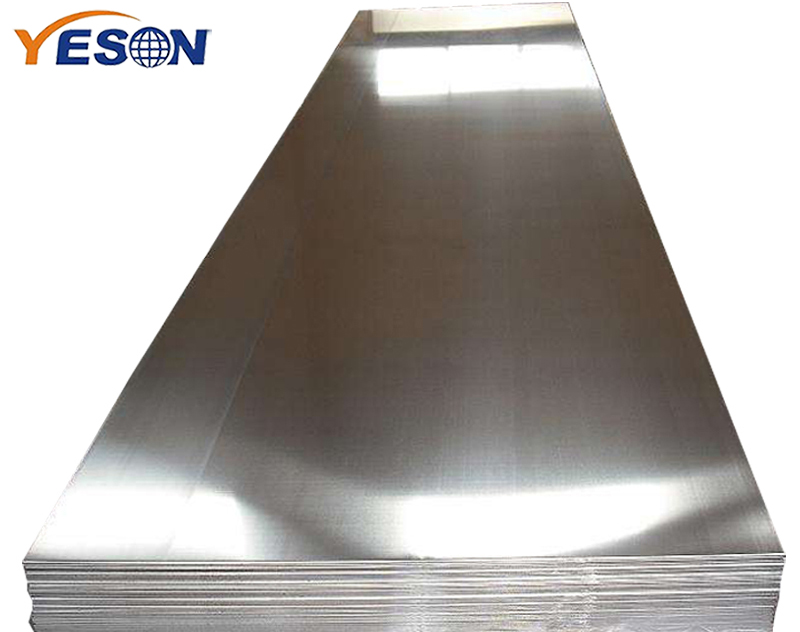With the increasing application of plated plates (such as galvanized sheets) in industry in recent years, galvanized steel sheets, together with aluminum and magnesium, have become more and more important as the most promising materials. However, the effective welding of galvanized sheet has always troubled the engineering and technical personnel, because the melting point of zinc is about 420 ℃, the volatilization temperature is 908 ℃, and the high temperature arc (about 3000 ~ 4000 ℃) of ordinary fusion welding will inevitably cause a large amount of zinc to evaporate, thus Causes various welding defects and destroys the corrosion resistance of the zinc layer. These problems are now a thing of the past, thanks to the innovative technology developed by German cloos company-MIG arc brazing, and the development of a special welding machine with a MIG arc brazing expert system.

Passive galvanized steel sheeting and non-passivated galvanized steel first look at the color. If there is no obvious experimental phenomenon, find a magnifying glass to observe the appearance of the steel sheet. Those with large white oxide particles are passivated, and the non-passivated surface has white floating soil. Kind of ash.
Hot-dip galvanized sheet surface passivation (chromate passivation) is mainly to prevent its surface from being oxidized during use. The presence of the passivation film on the surface makes the phosphating process impossible, which affects the adhesion of the coating after coating (chromate passivation film is not as good as phosphating film) and corrosion resistance (chromium ion intolerance Corrosion of chloride ions). In order to improve the surface coating performance of the hot-dip galvanized sheet after passivation, a phosphating process suitable for the above conditions was developed.